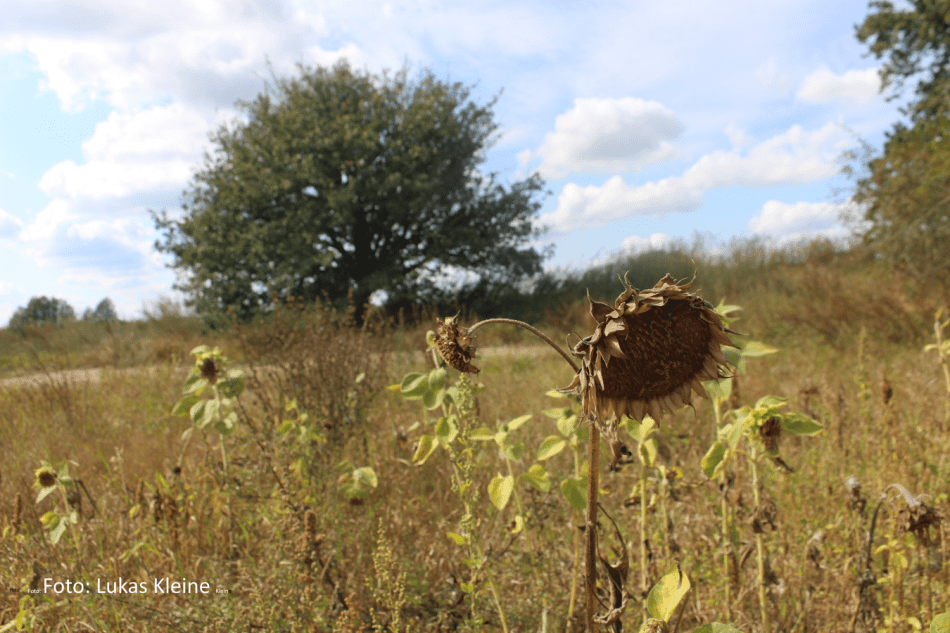Sep 12 2019
The type of vegetation and land use has a vital role to play in water retention and runoff. Along with scientists from the U.S. and the UK, researchers from the Leibniz-Institute of Freshwater Ecology and Inland Fisheries (IGB) have created a mathematical model that can reflect the complicated interplays between soil, vegetation, and water regimes.
 The type of vegetation and land use plays an important role in water retention and runoff in the landscape. (Photo credit: Lukas Kleine, IGB)
The type of vegetation and land use plays an important role in water retention and runoff in the landscape. (Photo credit: Lukas Kleine, IGB)
They demonstrate, for instance, that in beech forests, water is more and more cycled between soil and vegetation to improve evaporation to the atmosphere, while grass cover improves groundwater recharge.
With the new model EcH2o-iso, the researchers can compute where, how, and for how long water is stored and discharged in the landscape. The model helps to properly calculate the effects of land-use changes on the water balance under varying climatic scenarios. In drought-prone areas especially, this insight can help to formulate land use strategies that promote the landscape’s resistance to climate change and safeguard water resources.
So far, the type of vegetation has been considered primarily with a view to preventing soil erosion. In view of more frequent extreme weather events such as droughts and floods, however, it is increasingly a question of which plants can be cultivated to control the retention or loss of water in the landscape.
Dörthe Tetzlaff, Professor, Study Head and Leader of Research Group “Landscape Ecohydrology,” IGB
He is also a professor in Ecohydrology at the Humboldt Universität zu Berlin.
Earlier forecasting models frequently observe vegetation as a static element. Therefore, the complicated interactions between evapotranspiration—water evaporation by plants and of water and soil surfaces—and the physiological processes of plants could only be inadequately understood. In this research, however, long-term data of direct vegetation calculations were also taken into consideration (for example, biomass production and transpiration).
This enhances the dependability of the models and their adaptability. In the field, the models were tried out with supposed conservative tracers. These are markers that can be used to establish the age and source of the water. This is an innovative method to evaluate the impact of climate change on the water balance.
In a region surrounding Lake Stechlin in northern Germany, the scientists confirmed the model using field studies. They compared land areas with grass cover and deciduous forest. The outcome of the field research reveals that grassland use results in more groundwater recharge and that in beech forests more water is reverted to the atmosphere by evapotranspiration.
However, the effects are area-specific and rely on particular hydroclimate, biogeography, and landscape ecology. However, using the EcH2o-iso model, these variances can be taken into consideration in the future and both local and large-scale forecast models can be developed.